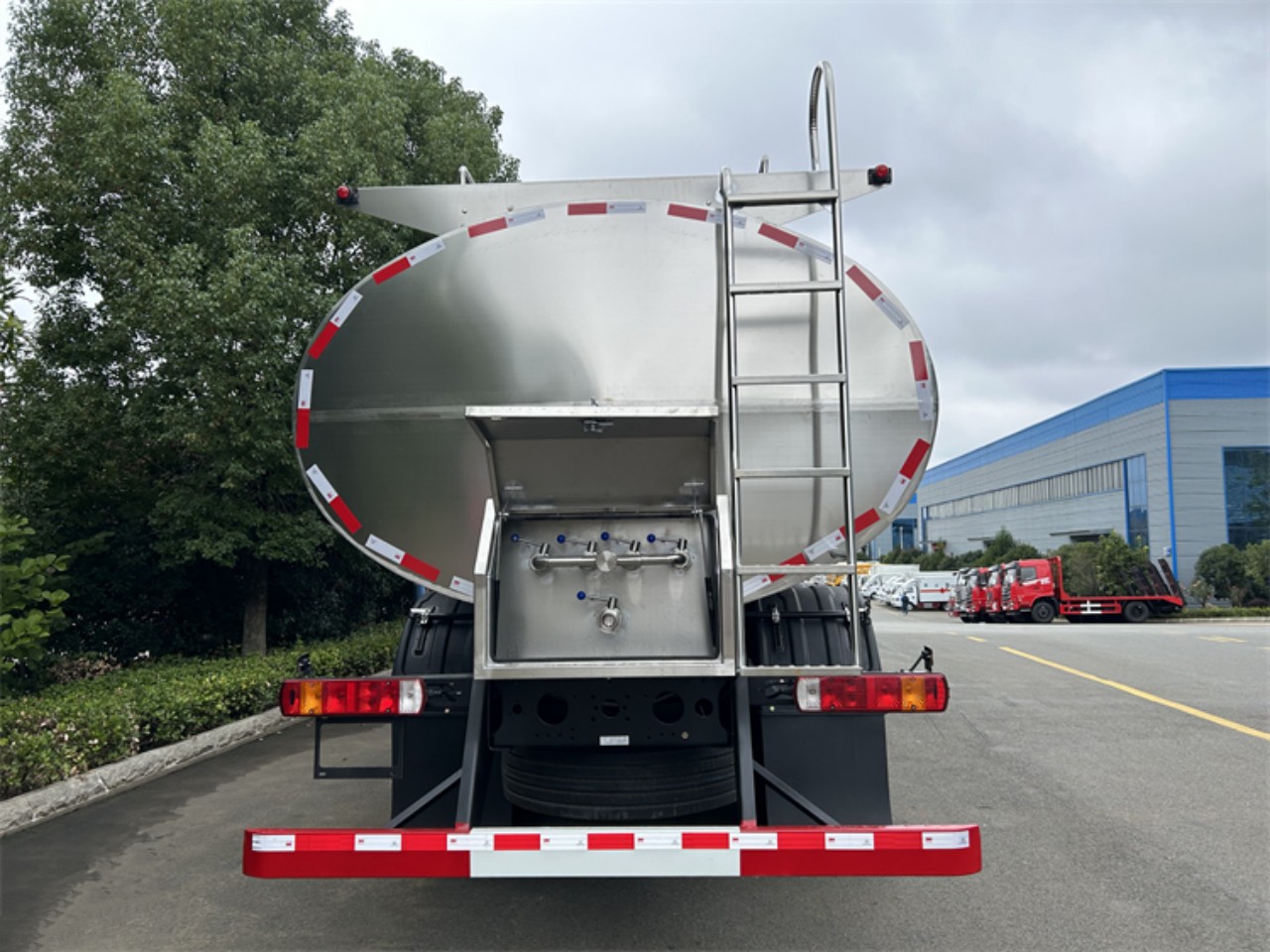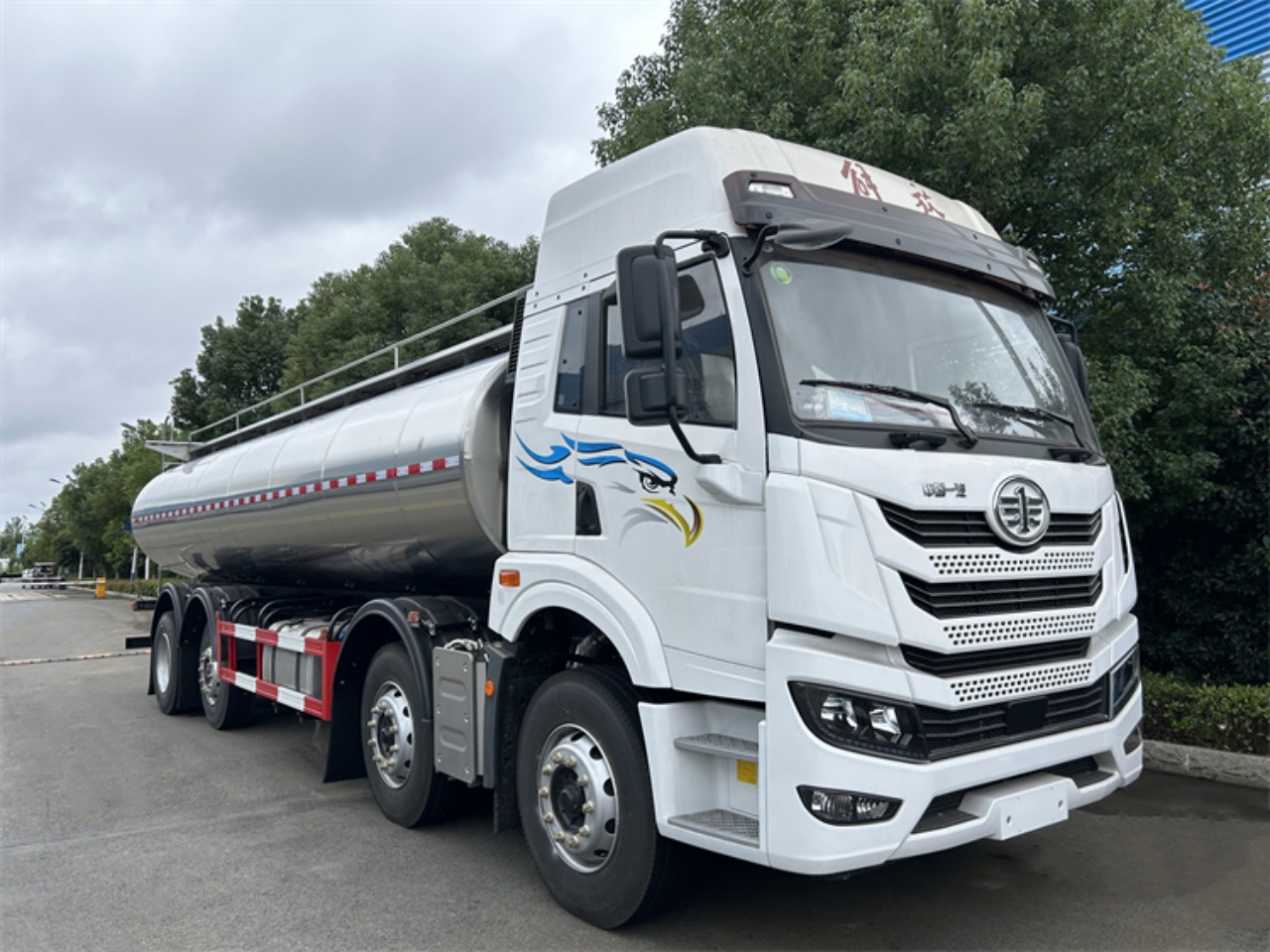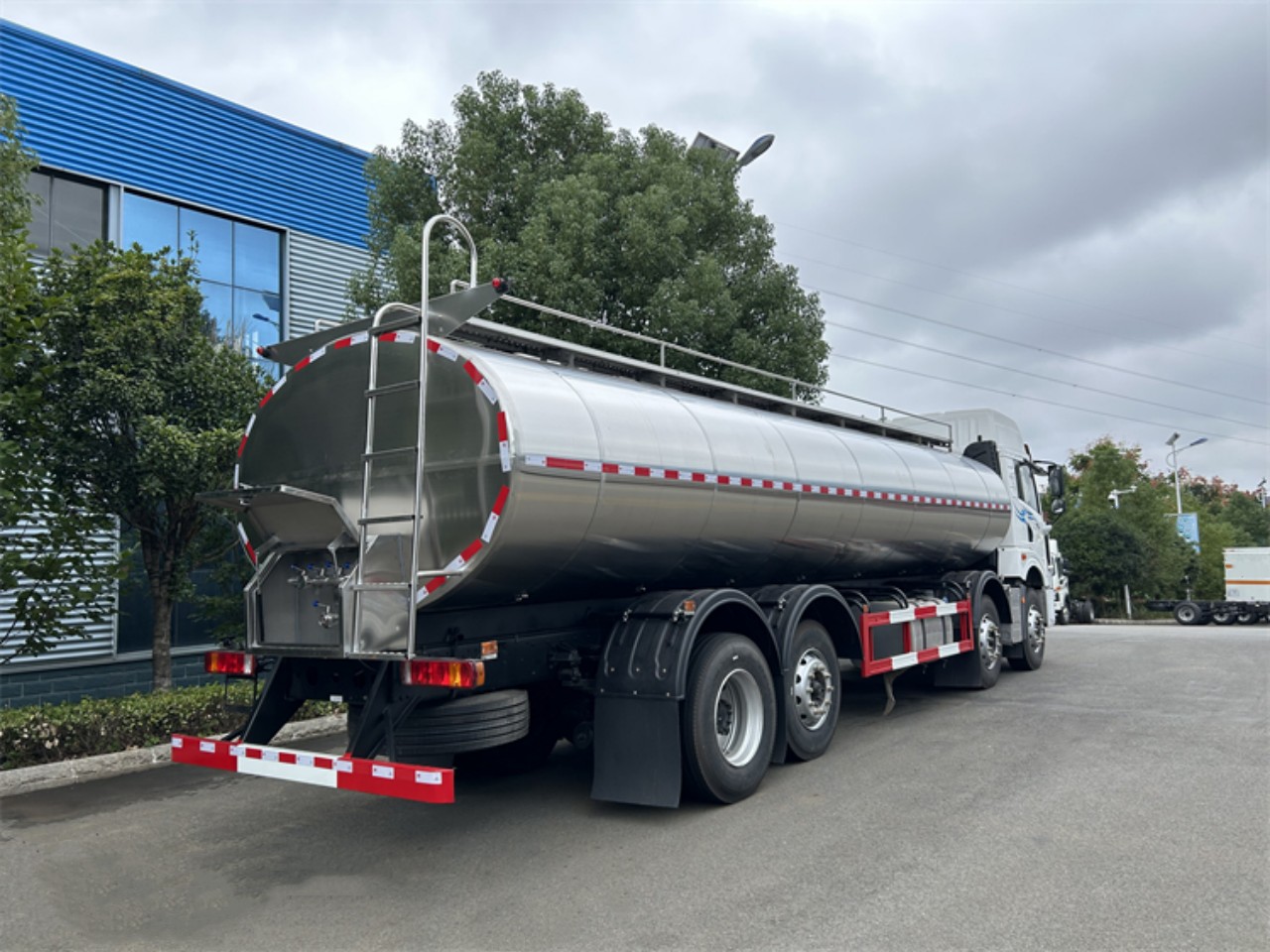Milk is one of the most essential and widely consumed food products in the world, and its journey from the dairy farm to your table is more complex than it might appear. A key part of this journey involves transportation, which ensures milk reaches processing facilities and consumers while still fresh and safe to drink. But how far can milk be transported before it spoils or loses quality? The answer depends on a range of factors, including technology, regulations, geography, and market demand. This article explores the limits, logistics, and considerations that affect the transportation distance of milk.
Understanding Milk’s Perishability
Milk is a highly perishable commodity. From the moment it is extracted from the cow, the clock begins ticking on its freshness. Raw milk, if left untreated and unrefrigerated, can begin to spoil within a few hours due to microbial activity. Even when refrigerated, raw milk has a limited shelf life. Therefore, temperature control is critical during every phase of its transportation.
To extend milk’s usability, it is typically chilled immediately after milking to about 4°C (39°F) and stored in bulk tanks. From there, it is transported in specially designed refrigerated tankers to processing facilities. Pasteurization—a heat treatment that kills harmful bacteria—further extends the shelf life of milk, allowing for longer distribution distances.
Transporting Raw Milk: Farm to Processing Plant
The first leg of milk transportation involves moving raw milk from dairy farms to processing plants. This typically occurs within a 24-hour window to maintain freshness. In regions with dense dairy farming, such as parts of the United States, Europe, and New Zealand, processing facilities are strategically located within a few hours’ drive of farms. On average, raw milk is transported between 50 to 200 miles (80 to 320 kilometers), though in sparsely populated or remote areas, this distance can be greater, sometimes exceeding 300 miles (480 kilometers).
Advanced refrigerated milk tankers are capable of maintaining milk at safe temperatures for extended periods. These tankers are usually made of stainless steel, have insulated walls, and are cleaned regularly to prevent contamination. The milk inside is agitated gently to prevent cream separation and to maintain a consistent temperature throughout the load.
Pasteurized Milk: Processing Plant to Consumer
Once pasteurized and packaged, milk can be transported much farther than in its raw form. Pasteurization significantly reduces microbial content, and when kept refrigerated, pasteurized milk can have a shelf life of 10 to 21 days, depending on packaging and handling. This extended shelf life allows for national and even international distribution.
For example, in the United States, milk processed in Wisconsin or California may travel over 1,000 miles to reach consumers in cities on the East Coast or the Southwest. In Australia, dairy from Victoria is often shipped to other states where dairy farming is less prevalent. In the European Union, milk routinely crosses national borders as part of the unified market, with products from Germany, France, or the Netherlands ending up in supermarkets across the continent.
Ultra-High Temperature (UHT) Milk and Global Transport
UHT milk, which is sterilized at temperatures above 135°C (275°F) for a few seconds, can be stored for 6 months or more without refrigeration if kept in aseptic packaging. This makes it ideal for international shipping and distribution in areas without a reliable cold chain.
Thanks to UHT processing, milk can be transported across continents. For example, European dairy companies export UHT milk to Asia and Africa, often covering distances of over 5,000 miles (8,000 kilometers) via sea freight. Similarly, countries in the Middle East import UHT milk from New Zealand, Europe, and South America.
While UHT milk does have a slightly different taste and texture compared to fresh milk, it provides an essential alternative where fresh milk is either unavailable or too expensive to import regularly under refrigeration.
Cold Chain Infrastructure: The Backbone of Milk Transport
The extent to which milk can be transported also heavily depends on the availability and integrity of the cold chain—an uninterrupted series of refrigerated production, storage, and distribution activities. Breaks in the cold chain can lead to spoilage, bacterial growth, and economic losses.
In developed countries, robust cold chain infrastructure allows milk to travel hundreds, even thousands, of miles while remaining safe and fresh. In contrast, in many developing countries, the lack of reliable refrigeration and transportation networks often limits milk distribution to local or regional areas. This logistical challenge also contributes to high levels of milk waste.
Regulatory and Quality Considerations
Governments and international bodies set strict regulations governing milk transport. These rules cover aspects such as:
- Temperature control: Typically between 1°C and 4°C for raw milk.
- Time constraints: Many jurisdictions mandate maximum transport times for raw milk.
- Sanitation: Tankers must be cleaned and sanitized between loads to prevent contamination.
- Traceability: Modern systems track milk from farm to consumer for safety and transparency.
Meeting these requirements becomes more challenging as transport distances increase, but they are essential to maintaining product quality and public health.
Environmental Impact and Sustainability
Transporting milk over long distances also has environmental implications. Refrigerated transport consumes significant energy and contributes to greenhouse gas emissions. As consumers become more environmentally conscious, there’s growing interest in sourcing milk locally to reduce “food miles.”
Some companies are investing in more energy-efficient vehicles, using electric or hybrid-powered trucks for short-haul milk transport. Others are exploring decentralized micro-dairies that process milk closer to the source to cut down on transport needs.
Conclusion
So, how far can milk be transported? The answer varies widely depending on its form (raw, pasteurized, or UHT), the transportation method, available infrastructure, and regulatory environment. Raw milk is typically limited to a few hundred miles due to its perishability, while pasteurized milk can be shipped across countries. UHT milk, with its extended shelf life, can travel across oceans and remain viable for months.
Ultimately, the distance milk can travel is a balancing act between freshness, safety, logistics, and economics. Thanks to advancements in technology and logistics, milk today can be delivered further than ever before, ensuring that this nutritious beverage remains accessible to people around the globe.






